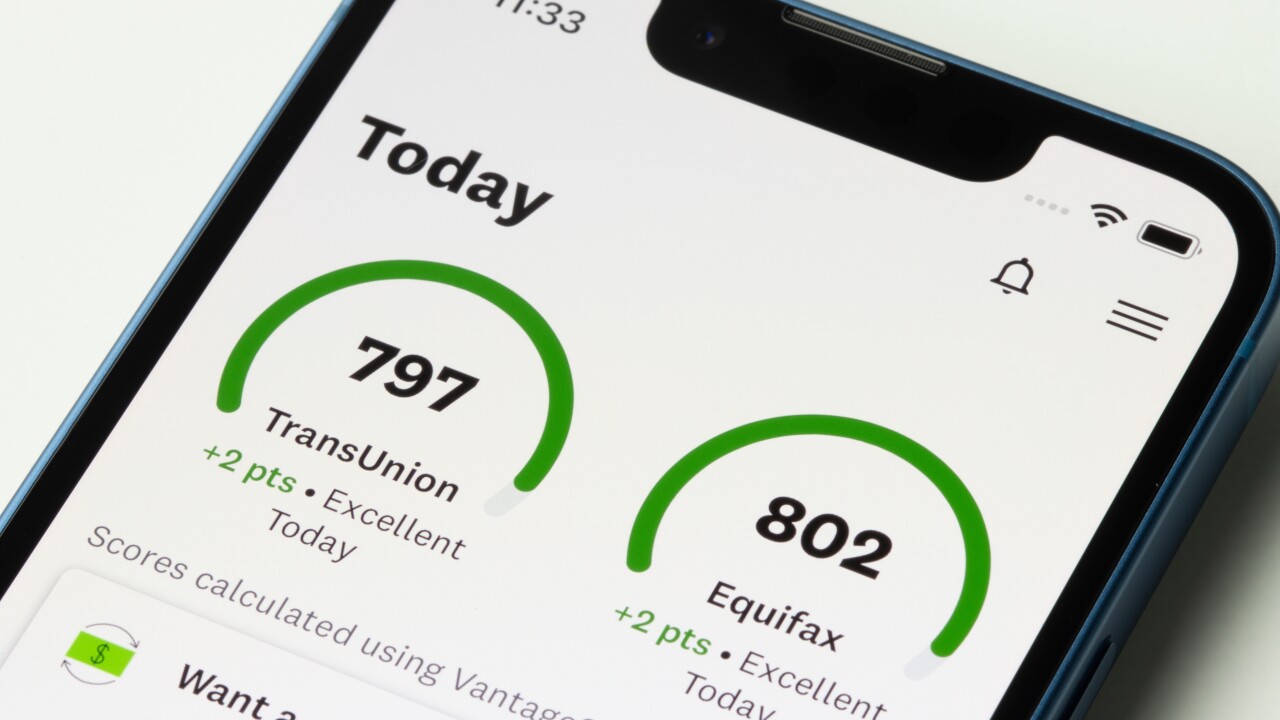A recent audit of Ginnie Mae's guidance and process for managing troubled issuers by the Department of Housing and Urban Development's Inspector General uncovered "some gaps."
The agency has a few ways to work around an issuer default, one is
Specifically, the inspector general's report calls for clarity around how Ginnie finds buyers, the steps used to determine whether said buyers have the capacity to absorb a new book of business, and how the agency determines the worth of defaulted portfolios. Not addressing these points puts the agency at an "increased financial and reputational risk," HUD's OIG report said.
Ginnie Mae did not immediately respond to a request for comment.
With rapid relocation, Ginnie Mae acquires a defaulted issuers portfolio and facilitates its immediate sale and transfer to another approved issuer. Between 2015 and 2019, two rapid relocation extinguishments have taken place, so it is not the predominant way Ginnie Mae addresses defaults, which may serve to explain why the agency has been slow to make changes to its guidelines.
The inspector points to a number of controls that need to be implemented in the agency's rapid relocation process. For one, HUD's OIG notes that there are discrepancies in the government guarantors' ability to market troubled portfolios to potential buyers.
As it stands today, the agency cannot negotiate the sale of a portfolio before formal extinguishment, in part because information pertaining to a defaulted issuer is considered privileged and protected. However, Ginnie's documented process for carrying out rapid relocation extinguishment includes steps to obtain a list of buyers, verify that buyers are active Ginnie issuers and solicit offers before extinguishment.
"It is unclear how Ginnie Mae staff could solicit and receive offers about troubled portfolios without providing confidential, nonpublic information about a troubled portfolio to a prospective buyer," HUD's watchdog said.
Additionally, the report calls for the government guarantor to develop a framework around how it determines the portfolio value and price before a sale. Not doing so could result in "increased losses on portfolio sales."
In the agency's rapid relocation process, there is mention of a cost-benefit analysis, but Ginnie does not document how this is actually done. The agency has claimed that it hired a contractor to conduct portfolio valuations, but there was little information about how these valuations are actually conducted.
There are also no guidelines around evaluating whether the purchasing issuer has the ability to absorb an extinguished issuer's portfolio without causing undue hardship.
The government watchdog explains that Ginnie has been "reluctant to create policy that might limit its flexibility due to the varying factors that lead to extinguishment." In the past, Ginnie told the department watchdog that the use of rapid relocation extinguishment was rare "situational and depended on different circumstances, facts, and scenarios."
Nonetheless, the watchdog remarked that putting these controls in place could prevent potential reputational harm and disruption to Ginnie's operations.
The discourse around
Industry stakeholders have questioned whether the agency could handle a rise in defaults of Ginnie Mae issuers and warn that failure could hurt the agency's





